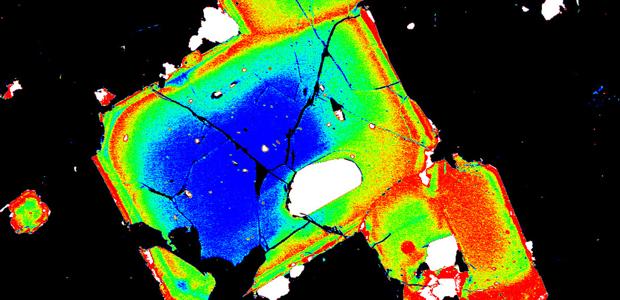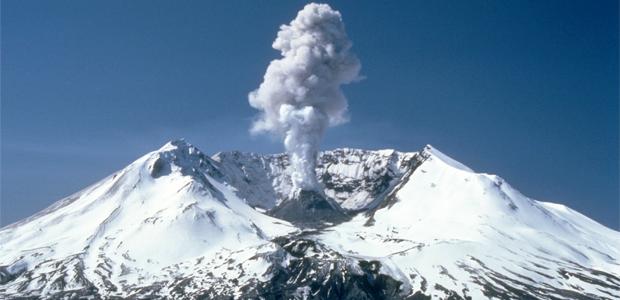After analyzing magma samples from Mount St. Helens, researchers from the United Kingdom and Germany have linked changes in crystal growth and composition, to the tools used to monitor the volcano’s activity.
When psychics peer into their crystal ball, it’s mostly just to take your money – let’s be honest.
But, when researchers from the United Kingdom and Germany gazed at orthopyroxene crystals that formed in magma from Mount St. Helens, they found a relationship that could help make predicting the volcano’s eruption smarter.
“We’re linking two completely independent lines of evidence together,” Kate Saunders, study co-author and volcanologist at the University of Bristol in the United Kingdom, told Science-Fare.com. “So, the more information we know about how a volcano works the better we can anticipate its behaviour in the future.”
After studying more than 500 individual crystals – belched by the American volcano between 1980 and 1986 and as small as the width of a hair – the team focused on a subset of about a hundred that had a distinct outer zone, like the ring of a tree.
When they looked at the crystals chemical signature, they found some had an iron rich ring with a magnesium rich centre, while others had magnesium rich ring with an iron centre.
Thanks to some cool chemistry carried out over 20 years ago, the researchers found it took very strict conditions to generate these types of crystals – magma’s actually relatively simple to recreate outside a volcano and it’s changes in magma that encourage crystal growth.
They also found those with magnesium in their outer ring gradually changed into the other type of crystal with an iron rich ring – over time, each iron atom exchanges places with a magnesium one. This rate of migration can be measured using a technique called diffusion chronography.
“We use the chemical composition of each discreet zone to work out how they’re formed,” Saunders said. “Then we use this migration of different elements between two adjacent zones to work out the time-scale since the final zone grew.”
Because they knew when the samples were spewed from the volcano, they can count back and figure out when the magma actually entered the volcano chamber.
When they compared their measured date to the seismic record, they found deep earthquakes that correlated with new magma entering the volcano.
“Magnesium rich rims tend to suggest we’ve got new magma pulses coming in and it’s mixing in the magma chamber,” Saunders said.
They also found a correlation between the amount of crystals with an iron rich rim and the sulfur dioxide gas that was released by the volcano – another event researchers know can lead to the growth of these types of crystals.
In fact, about a year leading up to the 18 May 1980 blast that decimated Mount St. Helens, they found an increase in both types of crystals, alongside an increased earthquake activity and gas emissions.
“We have peaks in crystallization at certain time periods,” Saunders said. “There’s a peak in May of 1980 when we know we had lots of earthquakes and magma moving through the Mount St. Helens edifice.”
In the smaller eruptions that followed though, the magma was dominated by crystals with an iron rim and correlated with increased sulfur dioxide releases and shallow earthquakes.
Researchers have found they form in the presence of gases like carbon dioxide or even steam that’s being released – alongside the sulfur dioxide.
According to the Smithsonian, there are at least 20 volcanos erupting worldwide at any given time and the remarkable correlation means these techniques can be applied to other restless volcanos.
“Volcanos tend to erupt in a predictable cycle,” Saunders said. “So, the better we understand how the volcano’s behaving the better we can anticipate future eruptions.”
In the instant after Mount St. Helens erupted it blasted off about 400 metres of the volcano itself – a little more than 1,000 feet disappeared – and killed 57 people. It was so intensive, it blanketed the pacific northwest and much of western Canada with ash that reached as far North as Edmonton, Alberta!
The research was published in the latest issue of the journal, Science.
Front page image courtesy: Gregg M. Erickson
 Science Fare Media Science News – Upgraded
Science Fare Media Science News – Upgraded



